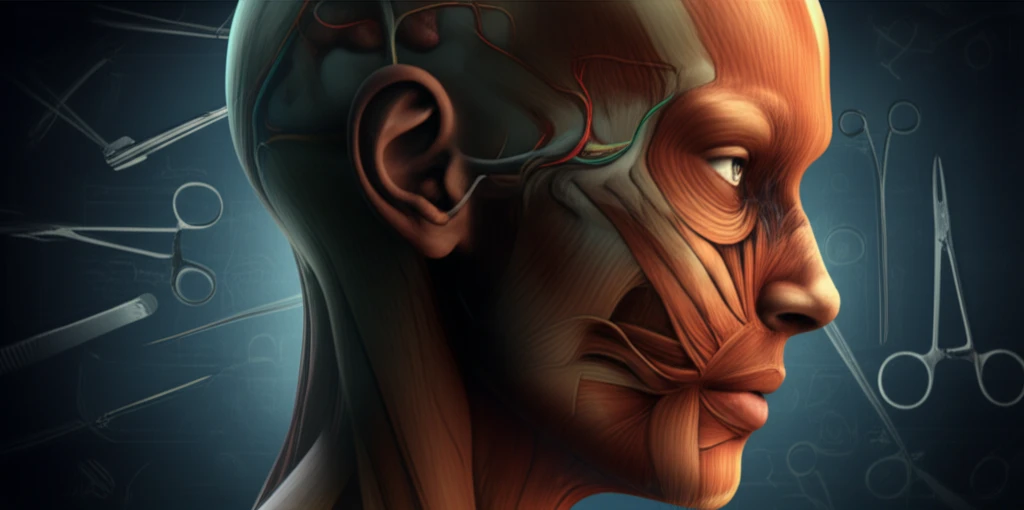
Temporal Artery Biopsy: A Refined Technique for Facial Reconstruction and Diagnosis
"Discover how a modified surgical approach to temporal artery biopsy can preserve crucial vascular structures for future facial reconstruction, ensuring both diagnostic accuracy and patient well-being."
Temporal artery biopsy is a procedure used to diagnose temporal arteritis, a condition characterized by inflammation of the temporal arteries. While often considered a minor surgery, the technique used can have significant implications, especially concerning future reconstructive options.
A standard approach involves taking a sample from the trunk of the superficial temporal artery (STA) before it divides into frontal and parietal branches. However, this method can compromise the entire arterial supply, potentially limiting options for future facial reconstruction, where the STA is a critical resource.
The superficial temporal fascia flap (STFF) is a versatile tool in maxillofacial surgery, widely used for facial and cranial reconstruction. Preserving the STA's trunk and parietal branch is crucial for maintaining the viability of this flap.
Preserving Vascular Integrity: A Modified Surgical Technique

To address the limitations of the standard biopsy technique, a modified approach focuses on preserving the STA's trunk and parietal branch. This involves a strategic incision and selective removal of only the frontal branch, thus safeguarding the vascular supply for potential future STFF procedures.
- Incision Placement: Make a 3 cm oblique incision that starts 1 cm above the helix root within the hairline.
- Branch Identification: Identify the division between the frontal and parietal branches using established techniques.
- Selective Removal: Ligate and remove only the frontal branch, preserving the parietal branch and the STA trunk.
- Facial Nerve Protection: Avoid extensive dissection towards the hairline to prevent injury to the frontal branch of the facial nerve.
- Concealed Scar: The incision within the hairline ensures the scar is hidden and minimizes the risk of alopecia by avoiding cutaneous coagulation.
Balancing Diagnostic Needs and Reconstructive Options
While temporal artery biopsy remains an essential diagnostic tool, it’s crucial to consider the long-term implications of the surgical technique. By adopting a modified approach that preserves vascular integrity, surgeons can ensure accurate diagnosis while maintaining future reconstructive options, ultimately providing comprehensive care for their patients.
